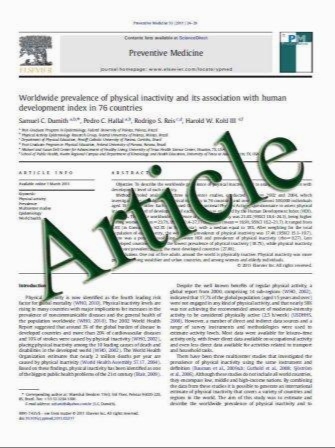Minimally invasive total knee arthroplasty: comparison of jig-based technique versus computer avigation for clinical and alignment outcome
- نوع فایل : کتاب
- زبان : انگلیسی
- مؤلف : Masahiro Hasegawa • Kakunoshin Yoshida • Hiroki Wakabayashi • Akihiro Sudo
- چاپ و سال / کشور: 2010
Description
Purpose Correct alignment of the leg and positioning of the components are important factors in good long-term outcome of total knee arthroplasty (TKA). Computer-assisted navigation systems were introduced to improve component alignment accuracies. The three main hypotheses of this study were that the navigated compared to jig-based patient will show the following: (1) No difference in clinical outcomes. (2) Better alignment in the frontal and sagittal plane. (3) Better rotational positioning of components. Methods The authors evaluated 100 patients who had minimally invasive TKA using either an image-free computer- assisted navigation system (n = 50) or a jig-based technique (n = 50). Six months postoperatively, clinical and radiological evaluations were performed using fulllength standing anteroposterior and lateral radiographs and CT scans of the knee. Results Knee Society knee score, function score, and range of motion were comparable in the two groups after surgery. The percentage of patients with a frontal tibiofemoral angle within ±3 of the ideal was significantly higher in the navigated group than in the jig-based group (94% vs. 78%, respectively; P = 0.041). No significant differences were found between groups in terms of the frontal and sagittal planes as well as rotational alignment of the femoral or tibial components. Conclusion Computer-assisted TKA gives a better correction of alignment of the leg compared with jig-based TKA when combined with a minimally invasive surgical approach.
Knee Surg Sports Traumatol Arthrosc (2011) 19:904–910 DOI 10.1007/s00167-010-1253-7 Received: 1 March 2010 / Accepted: 10 August 2010 / Published online: 1 September 2010


